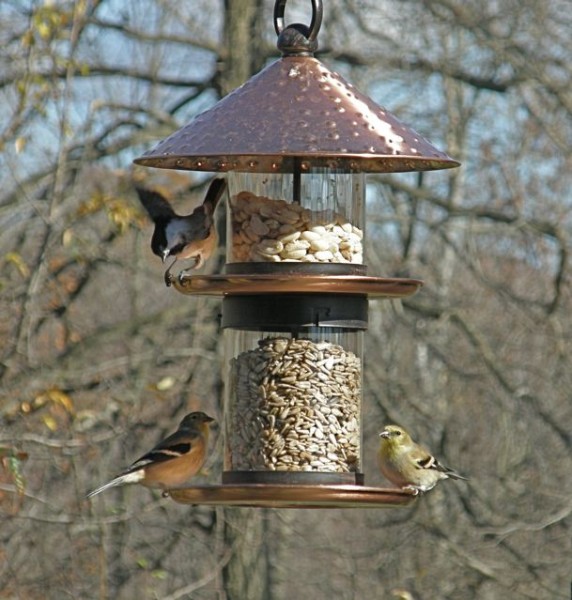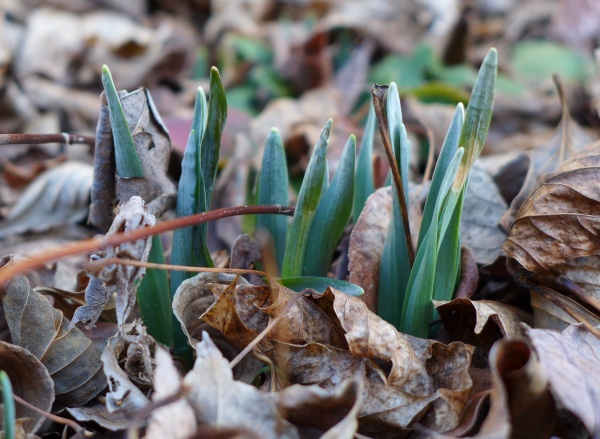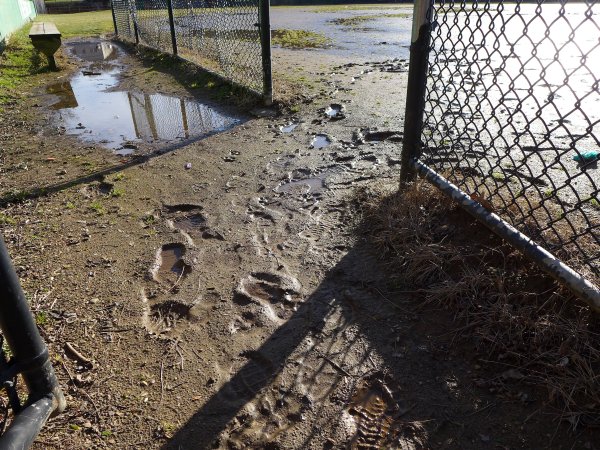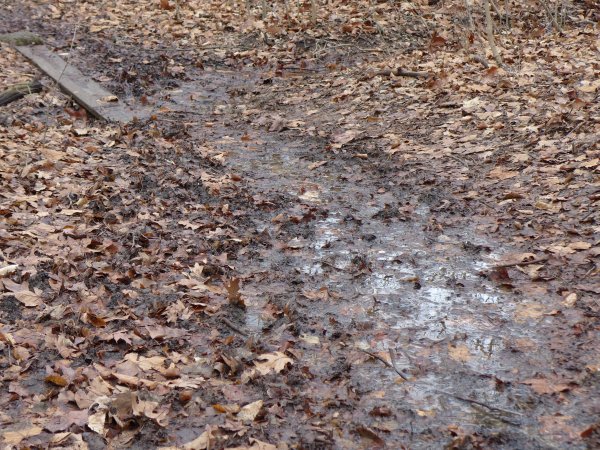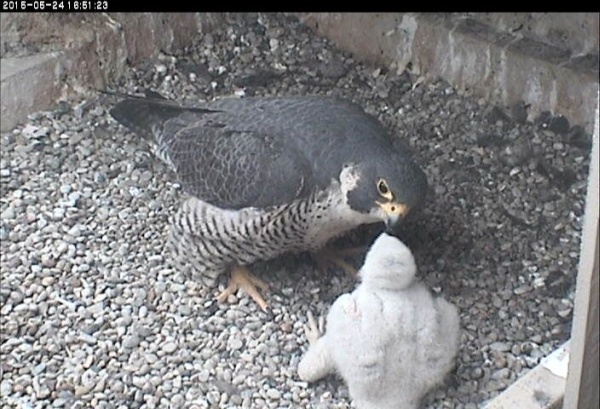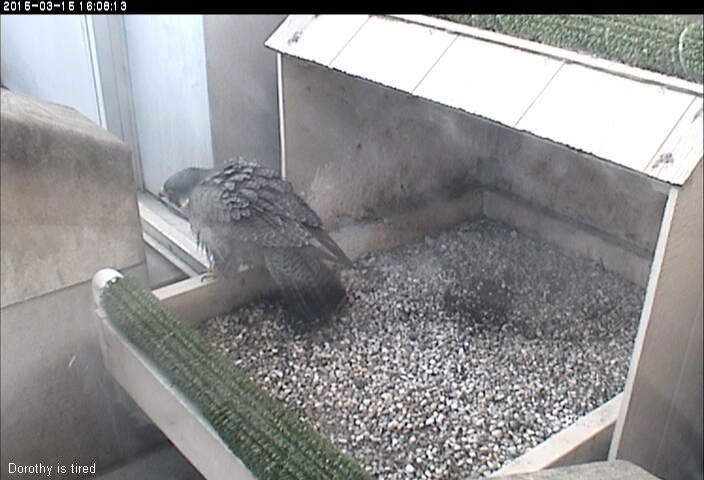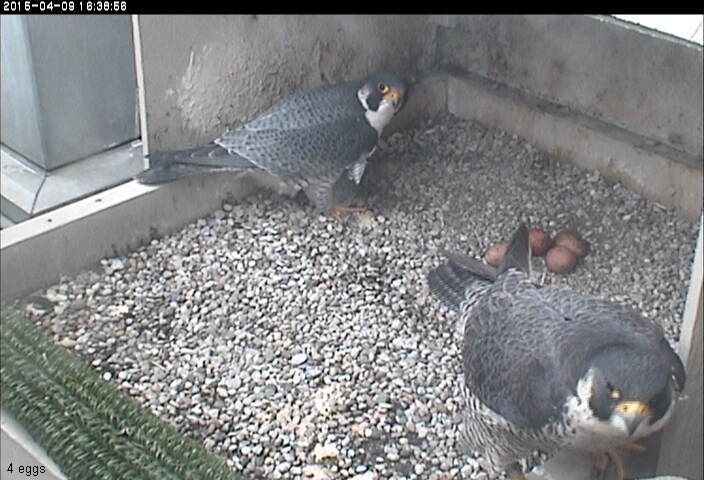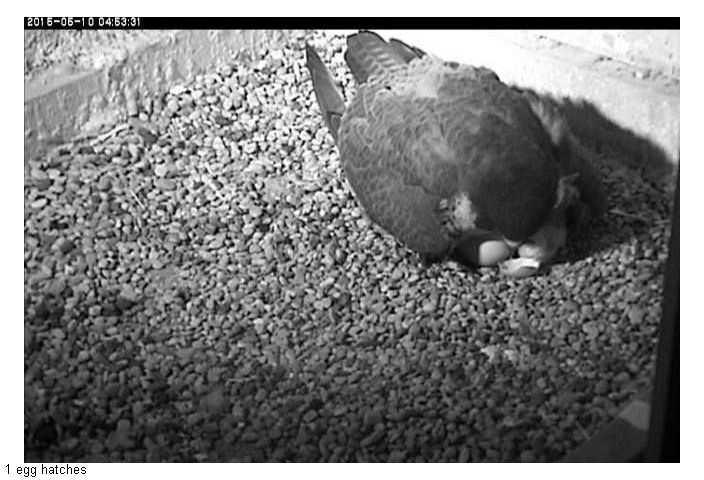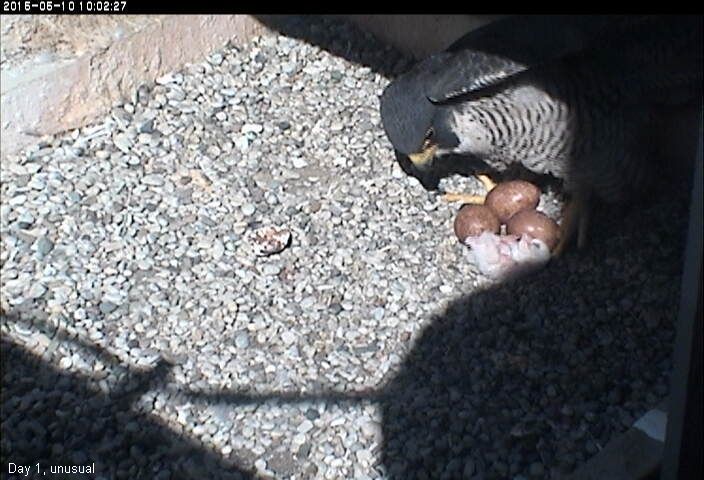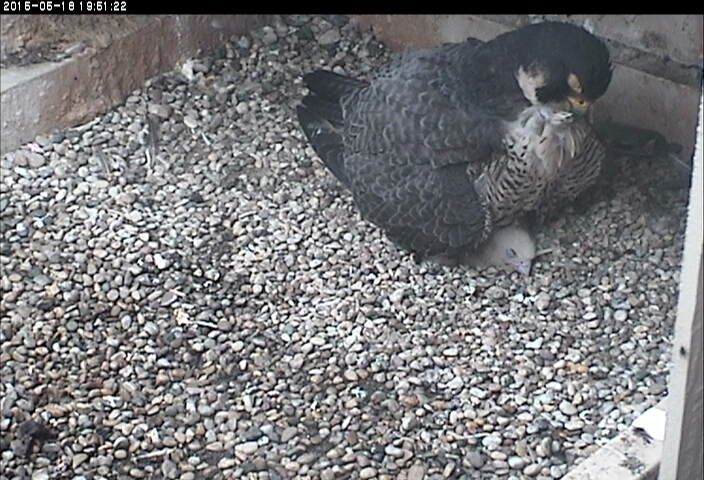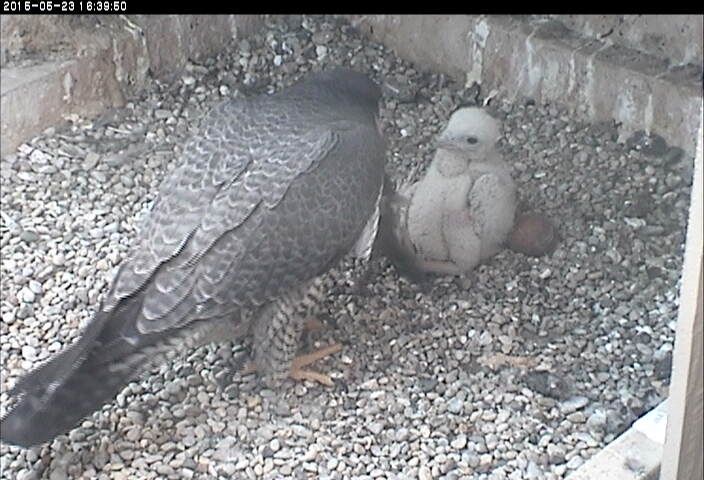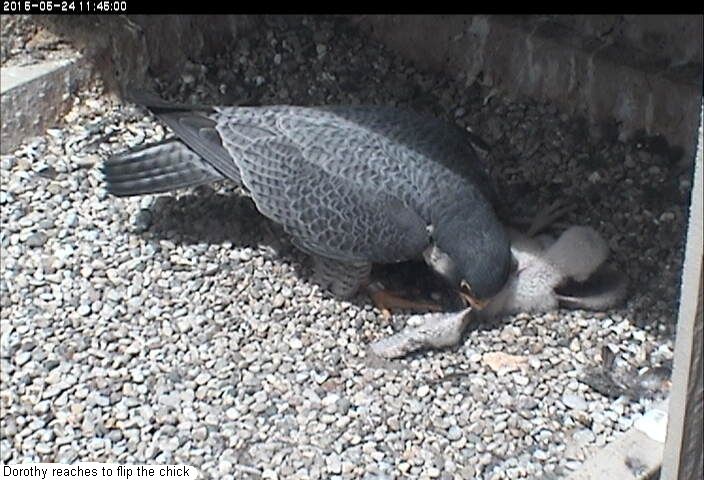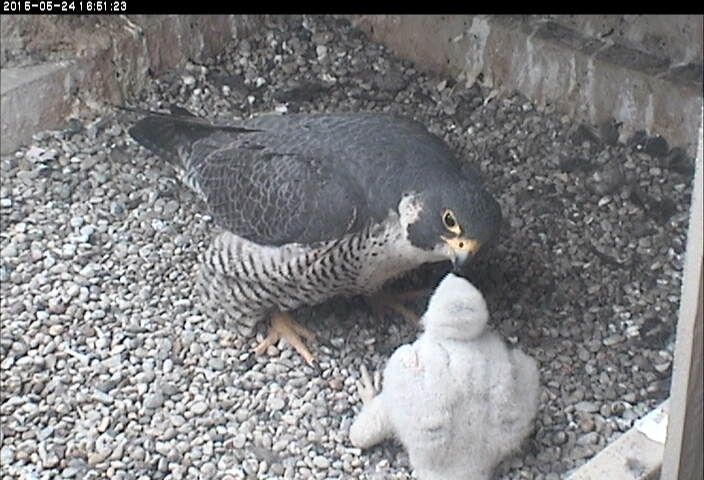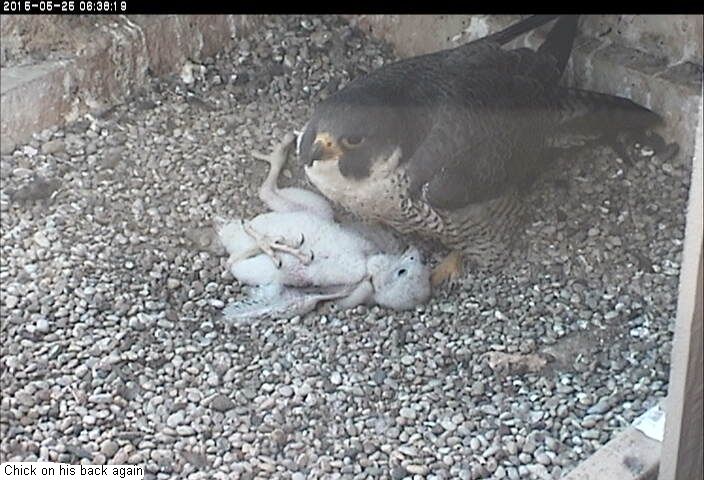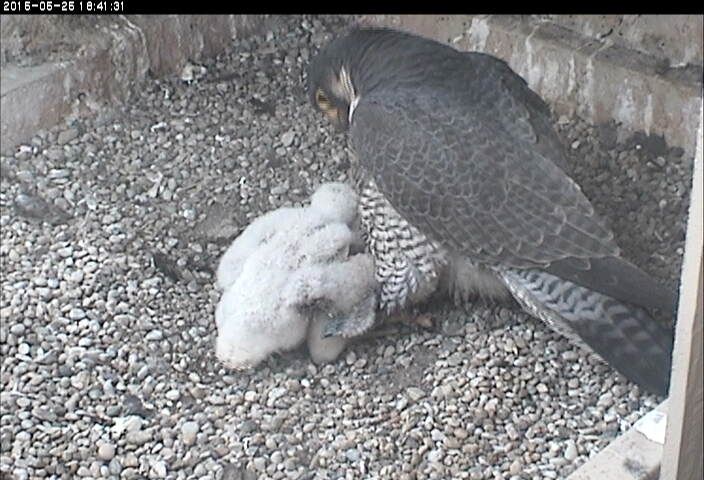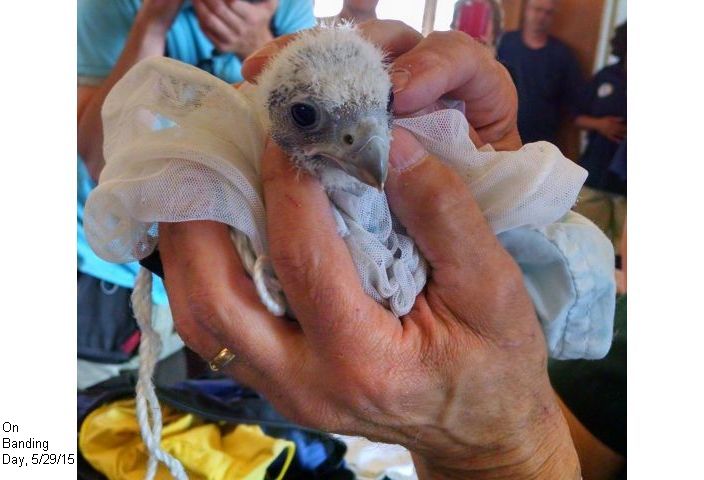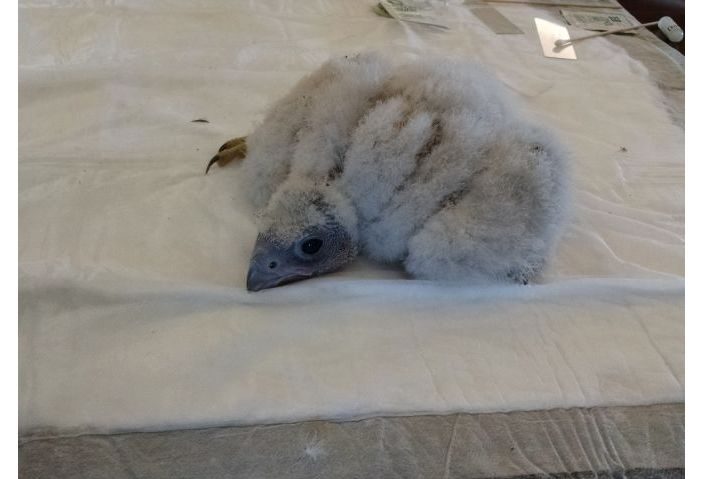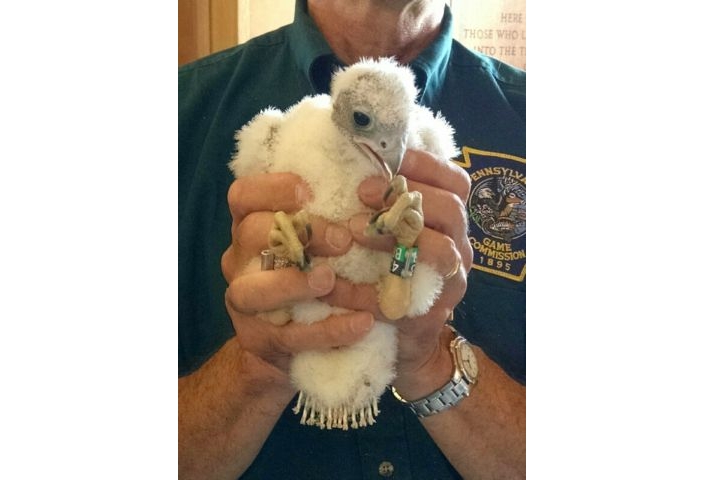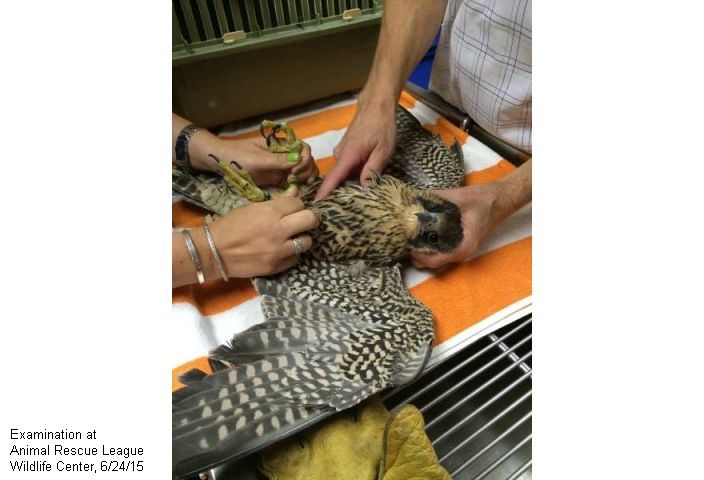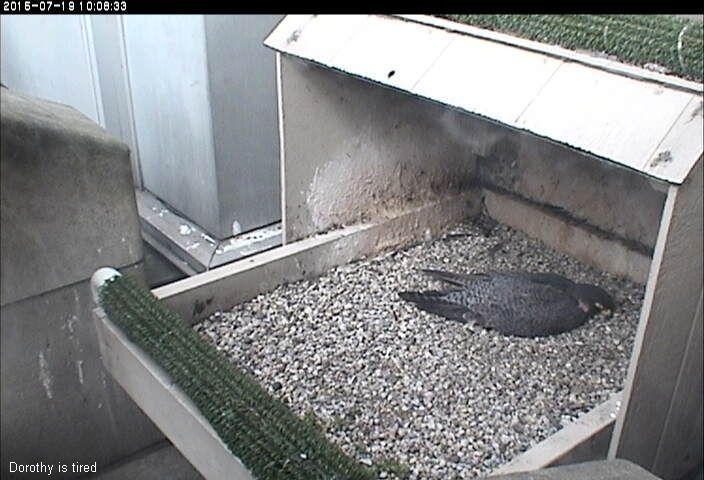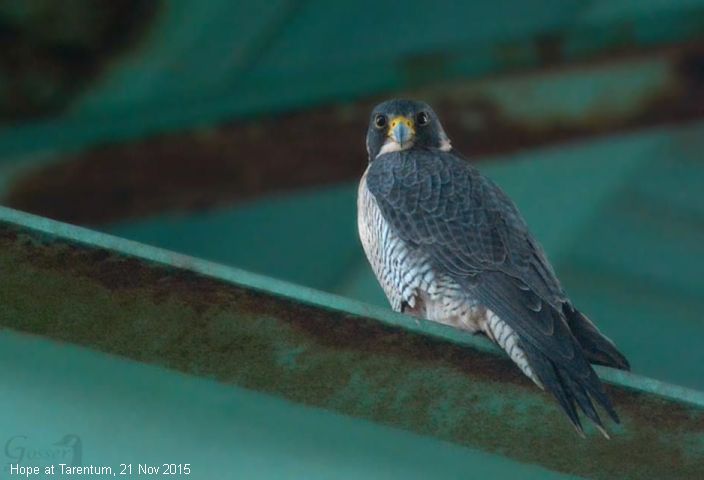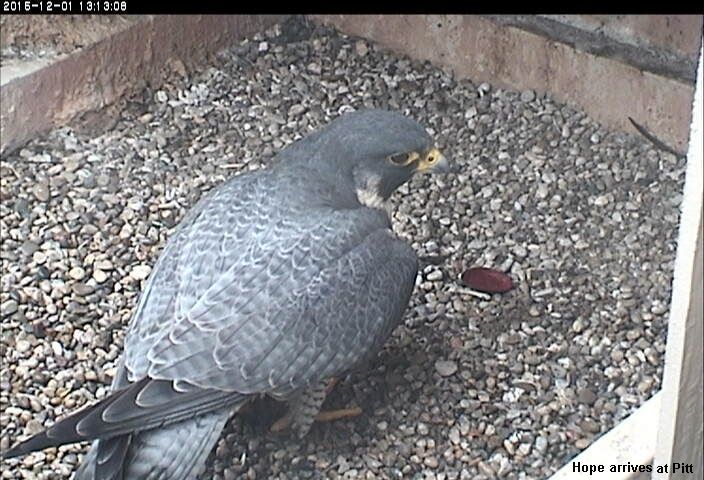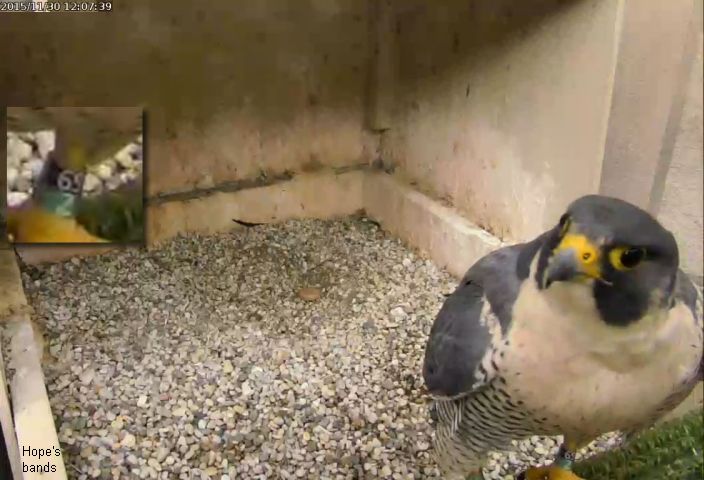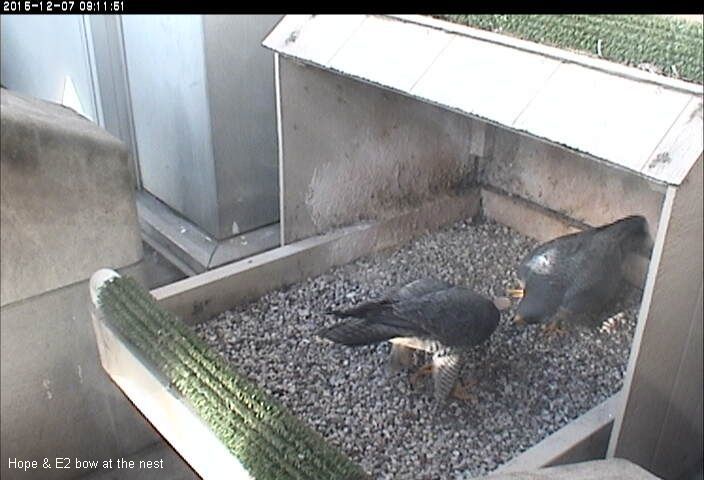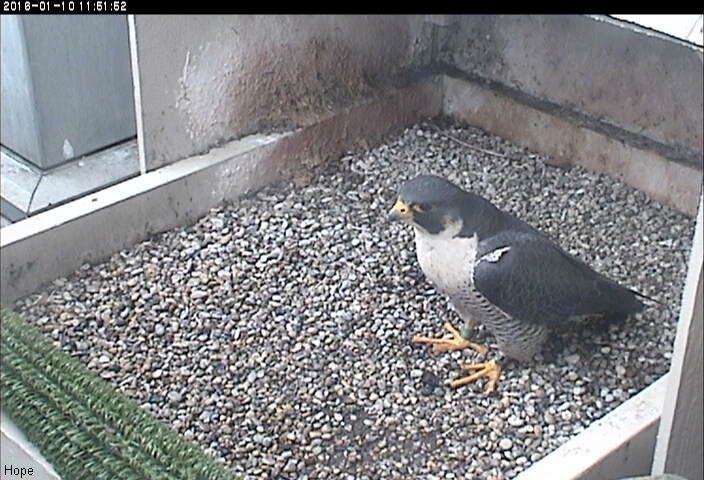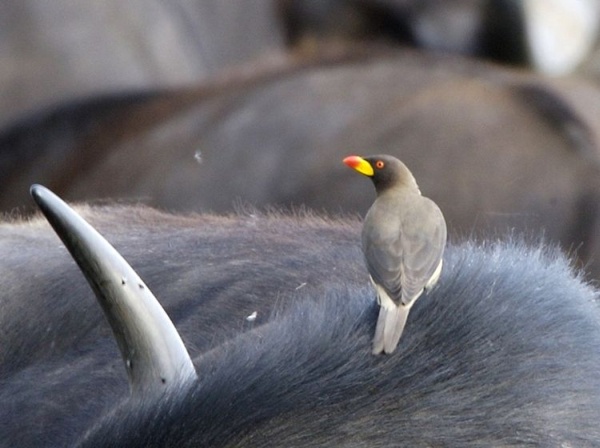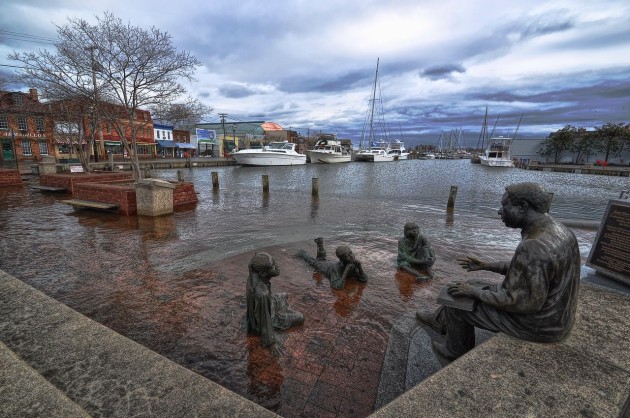
Last September I visited Annapolis, Maryland and walked past these memorial statues on dry ground. Little did I know this flooded scene is their future.
In 1950 Rachel Carson wrote in The Sea Around Us:
We live in an age of rising seas. All along the coasts of the United States a continuing rise of sea level has been perceptible on the tide gauges of the Coast and Geodetic Survey since 1930.
66 years later the ocean has risen enough to create frequent, even daily, challenges for coastal communities. Nuisance floods that close streets and parks are the harbinger of things to come.
NOAA’s diagram shows why these floods have become more common. (Click on the image to see the larger diagram.)
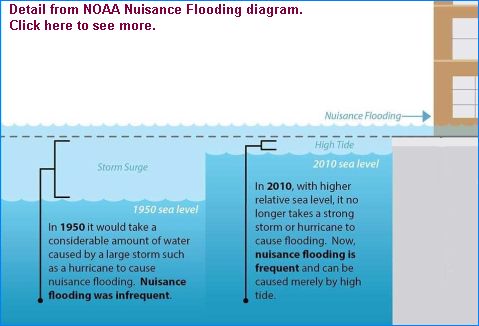
In 1950, the elevation between the highest high tide and street level was many feet deep and provided headroom for a storm surge. By 2010, the sea had risen so much that the headroom was gone. In some places it takes only a slightly higher tide to flood the street. To make matters worse, climate change is accelerating the rise as heat expands the water and massive ice sheets melt into the sea.
Some places are especially threatened. Chesapeake Bay is rising faster than the open coast. At Annapolis, Maryland the water is rising 3.51mm/year with just 0.29 meters of headroom. In only 45 years they can expect daily floods at the city dock, shown above. Baltimore is not far behind.
With the sea already engulfing islands and lapping at their toes, Maryland is assessing coastal areas and making plans. As Baltimore Magazine writes, “The question really isn’t what will be lost anymore, but what we will decide to save.”
Sadly, Florida and North Carolina both experience frequent flooding but have forbidden state employees from talking about it. (Florida last year and North Carolina in 2012). They’re losing precious time.
Yes, the sea is rising. Time and tide wait for no man.
(photo of flooding at Annapolis city dock at the Kunta Kinte-Alex Haley Memorial, by Amy McGovern @ForsakenFotos, Creative Commons license via Flickr)
p.s. Read more about Maryland’s wet future and the expected loss of Blackwater NWR and Assateague Island in “The Sea Also Rises” in Baltimore Magazine. Click here for photos of nuisance flooding in Miami, Florida and North Carolina.


